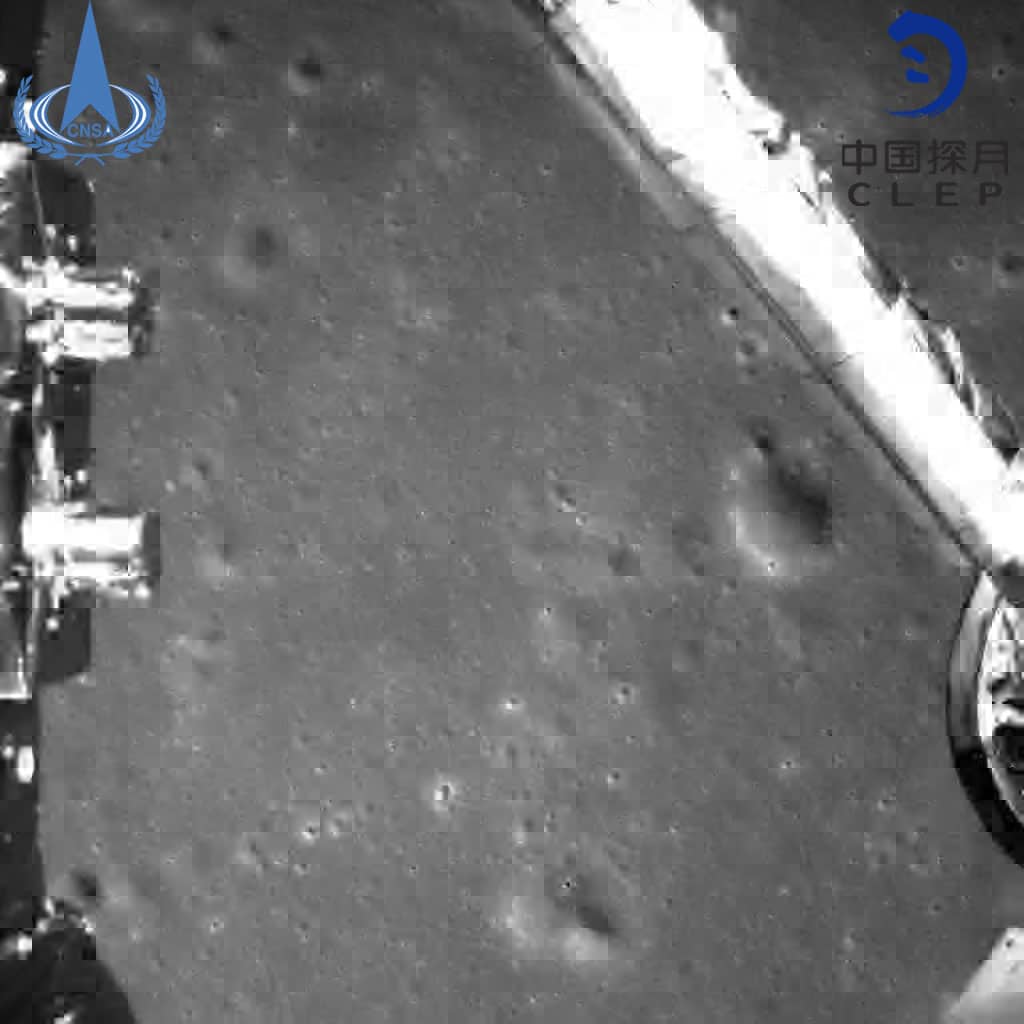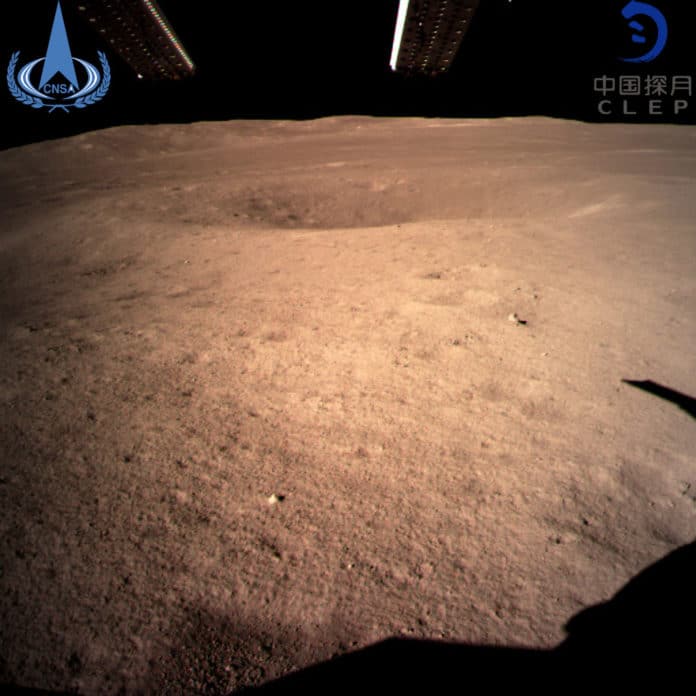China has recently reached a milestone by landing a vehicle on the far side of the moon. The China National Space Administration (CNSA) landed the robotic probe Chang’e 4 in the unexplored South Pole-Aitken basin, the largest, oldest, deepest, a crater on the moon’s surface.
The spacecraft landed at 10:26 a.m. Beijing time at its target on the far side of the moon. After landing, it sent back to the earth the first close-up image of the moon’s far side using its relay satellite ‘Queqiao’ or ‘Magpie Bridge’.
According to the China National Space Administration, “The mission has opened a new chapter in humanity’s exploration of the moon.”

“After the Beijing Aerospace Control Center sent an order at 10:15 a.m., the Chang’e-4 probe, launched on Dec. 8, 2018, began to descend from 15 km above the moon with a variable thrust engine being ignited.”
CNSA further added, “The Chang’e-4’s relative velocity to the moon was lowered from 1.7 km per second to close to zero, and the probe’s attitude was adjusted at about 6 to 8 km above the lunar surface. At 100 meters up, the probe hovered to identify obstacles and measured the slopes on the surface. After avoiding the obstacles, it selected a relatively flat area and descended vertically and slowly.”
“After landing, the solar panels and antennas on the probe were unfolded under the control of the space engineers in Beijing through the communication transmission of the relay satellite, which was operating in the halo orbit around the second Lagrangian (L2) point of the earth-moon system, about 65,000 km from the moon, where it can see both Earth and the moon’s far side.”

The probe will conduct low-frequency radio astronomical observation, survey the terrain and landforms, detect the mineral composition and shallow lunar surface structure and measure the neutron radiation and neutral atoms to study the environment on the far side of the moon.
Until now, only one side of the moon is seen from Earth, leaving the far side a mystery, Many lunar orbiters have suggested that moon’s two sides are very different: the near side has more and relatively flat lunar mares, while the far side is thickly dotted with impact craters of different sizes.
However, the reality is still a mystery, and only in-situ exploration might reveal the secrets. For astronomers, the far side of the moon is a place of ideal tranquility, as the body of the moon shields against radio interference from Earth. From there, they could study the origins and evolution of stars and galaxies, peering into the dawn of the universe.
Chang’e-4’s low-frequency radio astronomical observation on the moon’s far side will fill gaps in astronomical observation.
